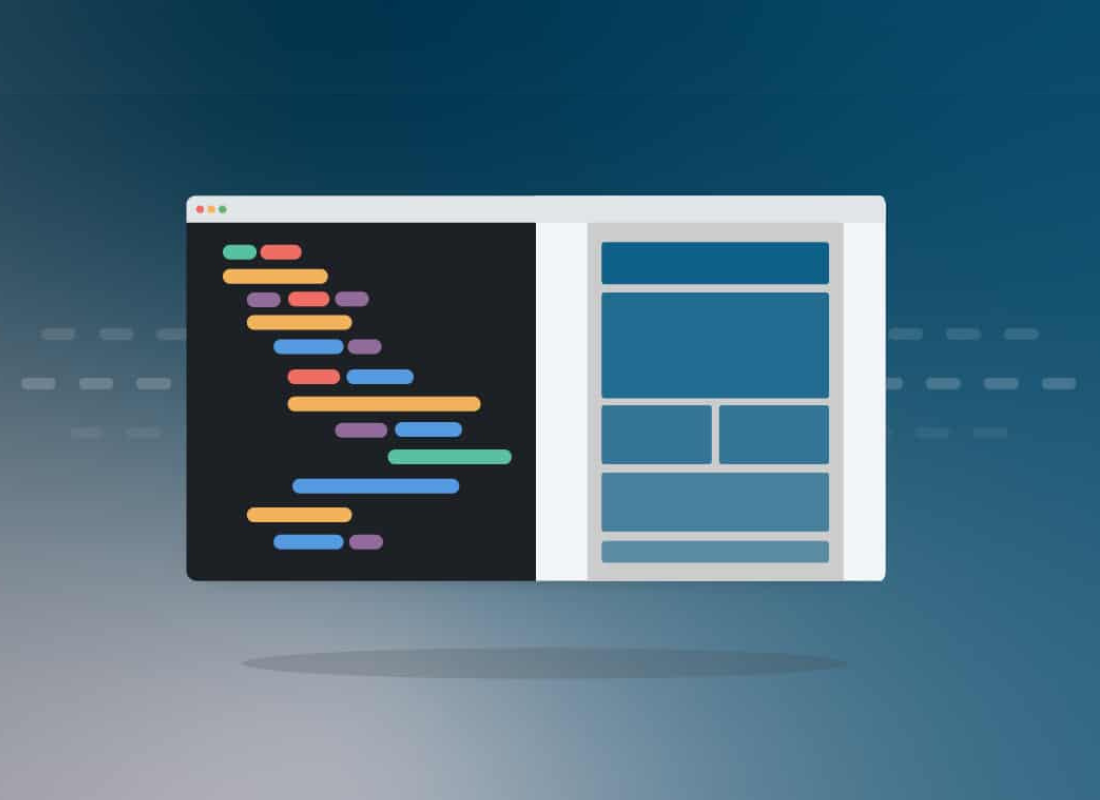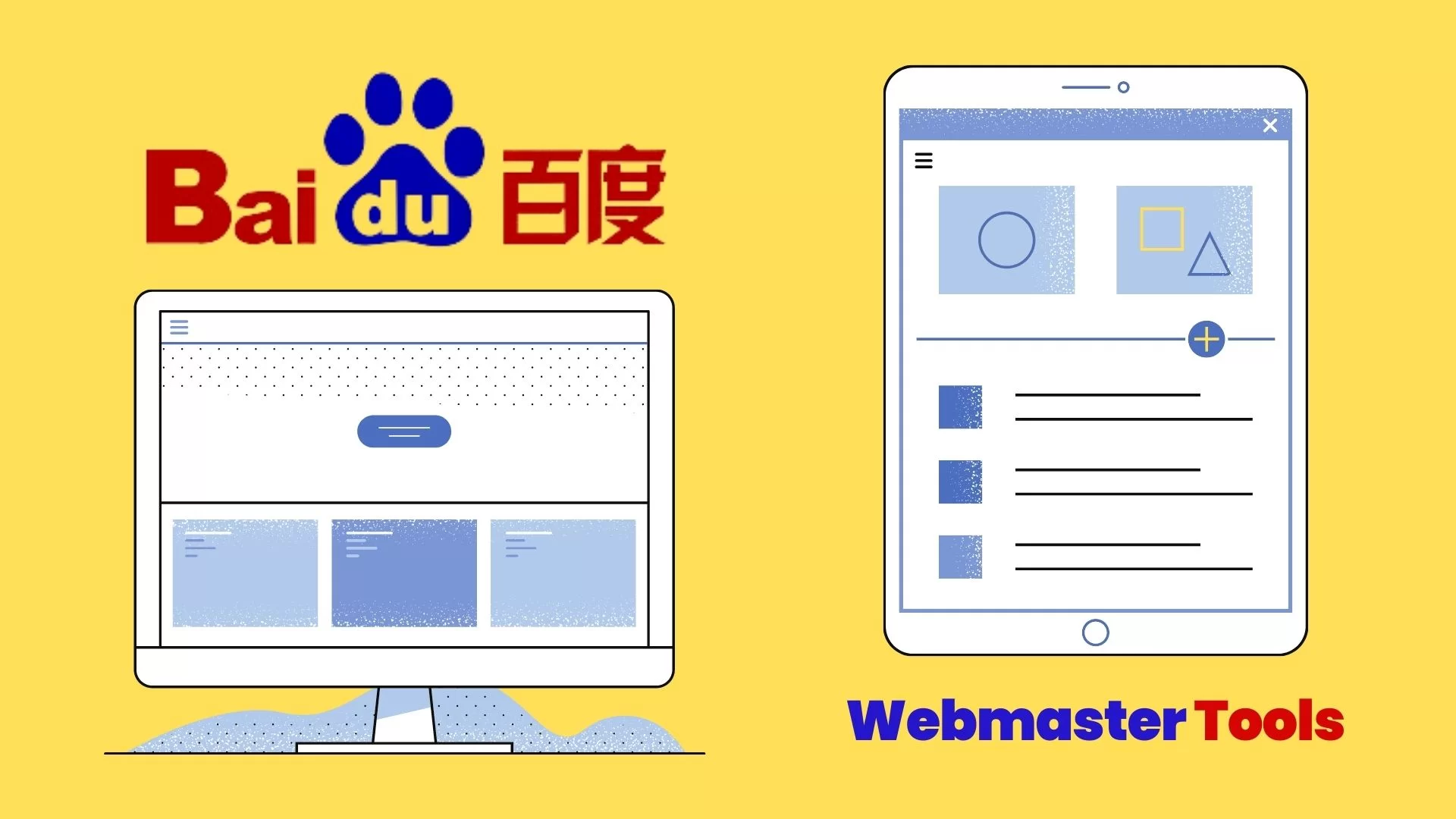If you are not yet utilizing the Remotasks Affiliate Program yet, then you are missing out quite a lot. For one thing, it provides you with a web-based platform for you to get consistent work. And, by that I mean; just like Fiverr, there are new projects always coming in your way. As well as long-term projects you can consistently work on.
The gig economy is here to stay and it helps a number of people supplement their income. Referring qualified new rideshare drivers or Airbnb hosts have some of the biggest payouts. You are basically referring a worker which is invaluable for the platforms, and they’ll reward you generously. So, for newbies, Remotasks will work the same way.
For example, referring an Airbnb host will earn you 8 times the amount you’d make referring guests to the platform. If you’re only promoting a few programs, these offer great rewards! These platforms can be lucrative if you have the time to give them a try! That said, let’s learn more about how you can make money through Remotasks in detail below.
What Is Remotasks?
Remotasks is a micro job website where you can earn money by completing simple tasks in categorization, transcription, image annotation, image segmentation, Lidar annotation, and Lidar segmentation. In other words, Remotasks is a website that allows you to label data – images, videos, and even 3D scenes.
In the end, so that the data can be used to create artificial intelligence (AI) systems. And then, you can make money, on your own time! But, how is labeled data used in artificial intelligence? Well, let’s use an example of; say you want to teach a child — who has never seen a car before — how to identify a car in this picture below:
Eventually, you’d point to the cars crossing the intersection and those in the distance. And then, say something like, “Cars are the boxy metal things with wheels, and they are on the road.” So, you’ve pointed out the cars and given them the “car” label. Now the child can use the information to find other cars in other pictures.
They will be thinking:
- Does it have a metal frame?
- Does it have wheels?
- Is it on the road?
- Does it look like the other things that I was told are cars?
On the other hand, Artificial Intelligence (AI) systems “learn” from the data labels in order to make predictions on other, unlabeled, data. Surprisingly, they do that quite very well! In addition, they can do more amazing things, like drive a car without a human driver.
Sometimes, they’ll also identify which fruit is ready for harvest, while also recommending the most useful shopping items. In the next section, we’ll learn more about data labeling — which is what you’ll be doing to earn money.
What Is Data Labeling?
Data Labeling is when you point out objects of interest in the picture, video, or 3D scene, and give a description of what the objects are. In Remotasks, this is what we call “tasking.” Notably, there are various examples of data labeling on Remotasks that you can begin with.
Consider the following:
- Drawing boxes around vehicles and labeling them as “car” or “truck”
- Categorizing shopping items into “this is a useful search result” or “this is not relevant to my search”
- Transcribing the text on a restaurant menu and labeling each part with a description, like “beverage option”
Below are some examples of what data labels might look like in various categories;
A Video Scene:

A 3D Scene:

You need to complete training on a project before you can start tasking that project. Why? Simply, because each project is different! And there is a variety of things that make each project so unique and different from each other.
Consider the following:
- What kind of data are we labeling? You might see pictures, videos, and even objects represented by points in 3D space, sort of like a video game.
- How many different labels are we finding and pointing out? Sometimes, we are looking to label just a few types of things, like “person” and “car.” Sometimes, we are looking for more types of things, like 5+ types of cars and 5+ types of roadway obstacles. Other times, we are labeling everything in the scene.
- How complex are the rules for when to use each label? Sometimes instructions for a task are short and simple. Other times they are longer and have more complex guidelines on how to handle each situation differently. You can also read other Terms of Use in detail.
Each project will be different. That’s why Remotasks provide a Training Center with project courses, which teach you how to label each project correctly. Each course also tests your understanding of the rules and requires that you show your project skills before you can start tasking — and earning money — in that project.
 Why Take Remotasks Courses?
Why Take Remotasks Courses?
Obviously, because these courses are your key to tasking and earning money on each project. They want you to do the task right (which also helps maximize your pay!). Each project has a different set of instructions, so doing the task “right” can mean something different from project to project.
Some projects are very similar to each other, but they still have their differences and it is very important that you follow the specific project rules. Courses teach you how to do each project. They also assess how well you understand the instructions.
Once you pass the courses for a project, you will be able to task and earn money on that project! So, with that in mind, how do you start tasking and earning money? Well, once you are done with Remotasks Courses, it’s very easy to start tasking and earning money.
Just follow these simple steps:
- First, Go to the “Training” tab in your Remotasks account.
- Secondly, Pick the project type you want from the options in Content and Language, 2D, and 3D.
- Next, Pick the project (for example, “Llama Cuboid”) you want to learn and complete the courses to start tasking!
Note Briefly:
The project type you picked might have a “tools 101” course that you must complete before unlocking the project courses. Bearing in mind, these 101 courses help you learn the Remotasks interface so that you can task quickly!

Once you click on a project, you will see the list of courses you need to pass before you can start tasking. Simply click Start to begin and Remotasks will guide you through the training materials.

After that, once you complete all training for a project, you can start tasking in that project! Whereby, you can start tasking by clicking “Start Tasking” when you complete the last project course, or by clicking “Launch your task queue” in your Remotasks dashboard. It’ll look something like this:


When do I get paid?
In order to receive your cumulative payments, be sure to add your payment method (for example, PayPal) in your Remotasks dashboard, under “Your Account” > “Payment.” And then, always remember; ‘The better your quality, the higher your pay will be.’
Once you start doing tasks, your earnings will start flowing in after a couple of days. Not to mention, as long as you are tasking regularly, your payments will appear once a week. And, there’s a very good reason for this. Here’s why:
- Task pay will be higher when your labels are of higher quality (meaning, they closely follow instructions). This is why they calculate payments for each task carefully. Sometimes, they can calculate the pay for the task very quickly. Other times, it may take a few days to calculate the final amount. Generally speaking, more difficult tasks (such as LiDAR tasks) require more time. But, those tasks also pay more. This is because they may ask another tasker — a reviewer — to review your task — and fix anything you missed in the instructions. And then, they’ll calculate your pay once this review process is complete.
- They trigger everyone’s payout once a week. Mostly on Thursday midnight UTC time. The cutoff is Tuesday midnight UTC time. In other words, if you did the task before Tuesday midnight, and they calculate the pay for that task, it will get paid out in the payout.
How much am I paid?
When calculating payments for each task, they consider 3 things:
-
Difficulty:
- How hard is this task?
- Categorization tasks are very easy and quick to do, but they may only pay a few cents.
- A semantic segmentation task is harder and pays more per task.
- While a LiDAR annotation task is even harder and takes longer and pays even more.
- How hard is this task?
Different tasks within the same type of task can vary in difficulty. Depending on, for example, the number of labels.
-
Accuracy:
- How good was your work?
- Did you label all the objects that needed to be labeled?
- Did you label them correctly?
- Was your work precise, or was it sloppy?
They reward accuracy (eg, following instructions closely) — a 100% accuracy task pays much more than a 50% one.
-
Contribution:
- How much of the “completed” task, or final submission, was the result of the work you did?
- Remember that other workers and reviewers may also add and fix labels on your task as well. That’s if you missed something in the instructions.
- How much of the “completed” task, or final submission, was the result of the work you did?
So, always make sure that you follow instructions carefully to maximize pay. For more details, you can see information about your tasks in your Task Log if you are stuck.
Perse, it shows all your tasks, when they were done, how well they were done, and how much we paid for the task. Likewise, be sure to check out this information so that you can see if you need to brush up on instructions further!
How to choose task types
What’s more, you can pick different task types based on your interests, computer/internet specs, and desired time per task. Keeping in mind, some task types are easier to learn than others, and some require faster internet/computer than others. Generally, the harder the task and the longer it takes per task, the higher the pay.
They tend to think of the tasks in two categories:
- Classic 2D tasks or Content and Language tasks: These are tasks involving text, images, or videos.
LiDAR tasks: These are tasks where the data is a 3D “LiDAR point cloud” scene, sort of like a video game.
In reality, LiDAR tasks are harder and require a computer with plenty of memory to handle all the 3D space. If you are getting started, I suggest learning some of the simple classic tasks before graduating to harder tasks like LiDAR.
Some of the most common 2D classic tasks include:
- Categorization: Answer questions about an image, website, or text sample. These are generally easy to do and are good tasks to start with.
- Image Annotation: There are multiple types:
- Line & Spline Annotation: Label objects in an image by drawing lines.
- Box annotation: Draw boxes around specific objects in an image. These are very good tasks to start with.
- Polygon annotation: Draw outlines around specific objects in an image. These are of medium difficulty because more work is required to draw accurate outlines.
- Video annotation: This is like box annotation, but you are annotating frames of a video, so you need the boxes to follow the object. This is similar but harder than, box annotation. Each frame in a video is an image.
- Semantic segmentation: Paint the pixels in an image. These tasks are usually medium to hard difficulty. More so, depending on the instructions for how objects should be painted and how many different “colors” of paint there are in the image.
Examples of 3D LiDAR tasks:
These are the most advanced tasks. Although LiDAR tasks may be more difficult, they also pay you more for every task you complete.
- LiDAR annotation: Drawing cuboids around 3D point clouds. These tasks are difficult because you need to learn how to look at a 3-dimensional image represented by points in space (“point cloud”), identify objects based on those points (“this seems to be a car”), and then draw cuboids around those points. In many LiDAR tasks, you will also have a 2D camera view for reference.
- LiDAR segmentation: Paint the objects in a 3D point cloud. These tasks are like the semantic segmentation tasks above, but they are applied to a 3D point cloud, not a 2D image.
How to Pick the Best Project
Understandably, choosing the right projects can be difficult. Therefore, I recommend you start with an easier task type first. Such as Categorization or Box Annotation, so you familiarize yourself with Remotasks. However, when considering what next steps to take, here are some important questions to ask yourself:
How many hours do I want to spend on Remotasks?
- Do I want to only spend a few hours a week doing tasks?
- Or do I want to dedicate the bulk of my time to tasking?
- Do I just want to be able to drop in any time to make quick cash?
In order to get paid, you want to complete your tasks fully, rather than starting a few tasks but not finishing them. Thus, if you’re only hoping to spend a couple of hours a week on Remotasks, consider picking Classic 2D tasks.
Why? Since you can complete each of those in a shorter amount of time. If you’re hoping to task full time, pick LiDAR or video projects where each task can take several hours but pays more per task.
Am I someone who’s able to focus for long periods of time?
Again, think carefully about how long you want to spend on one task. If you are detail-oriented and can spend a lot of time working on one task, try out LiDAR or video tasks. To finish tasks even quickly, try out Categorization, Box, etc.
Would I rather do it longer?
- Should I start with harder tasks for more pay per task?
- Or start with short, easy tasks but have less pay per task?
LiDAR tasks pay much more per task but they take longer and are more difficult than Classic 2D tasks. With Classic 2D tasks, you can do more of them at the same time. Make sure to consider this when picking what project to work on.
In nutshell, Remotasks (ScaleAPI) operated by Scale Labs Inc. is a micro jobs website and a great alternative to Microworkers, Mturk, and Picoworkers, etc. Almost all micro-jobs websites work on the same principle – They provide a platform for employers and workers where employers post tasks and workers complete those tasks to get paid.
Learn Also: List of gig platforms that pay good referrals
Remotasks is one such platform that provides various tasks such as moderating content, transcribing audios, image tagging, annotation jobs, etc. Any worker can complete and get paid. Remotasks is new but reliable and professional. You can see a similar related platform review in detail to learn more.
That’s it! You are now ready to work on Remotasks data jobs. I am quite sure that you’ve learned a lot — it’s your turn to share your thoughts or a quick question in our comments section below. But, if you’ll need more support, Consult Us.
Get Free Updates
Notice: All content on this website including text, graphics, images, and other material is intended for general information only. Thus, this content does not apply to any specific context or condition. It is not a substitute for any licensed professional work. Be that as it may, please feel free to collaborate with us through blog posting or link placement partnership to showcase brand, business, or product.





